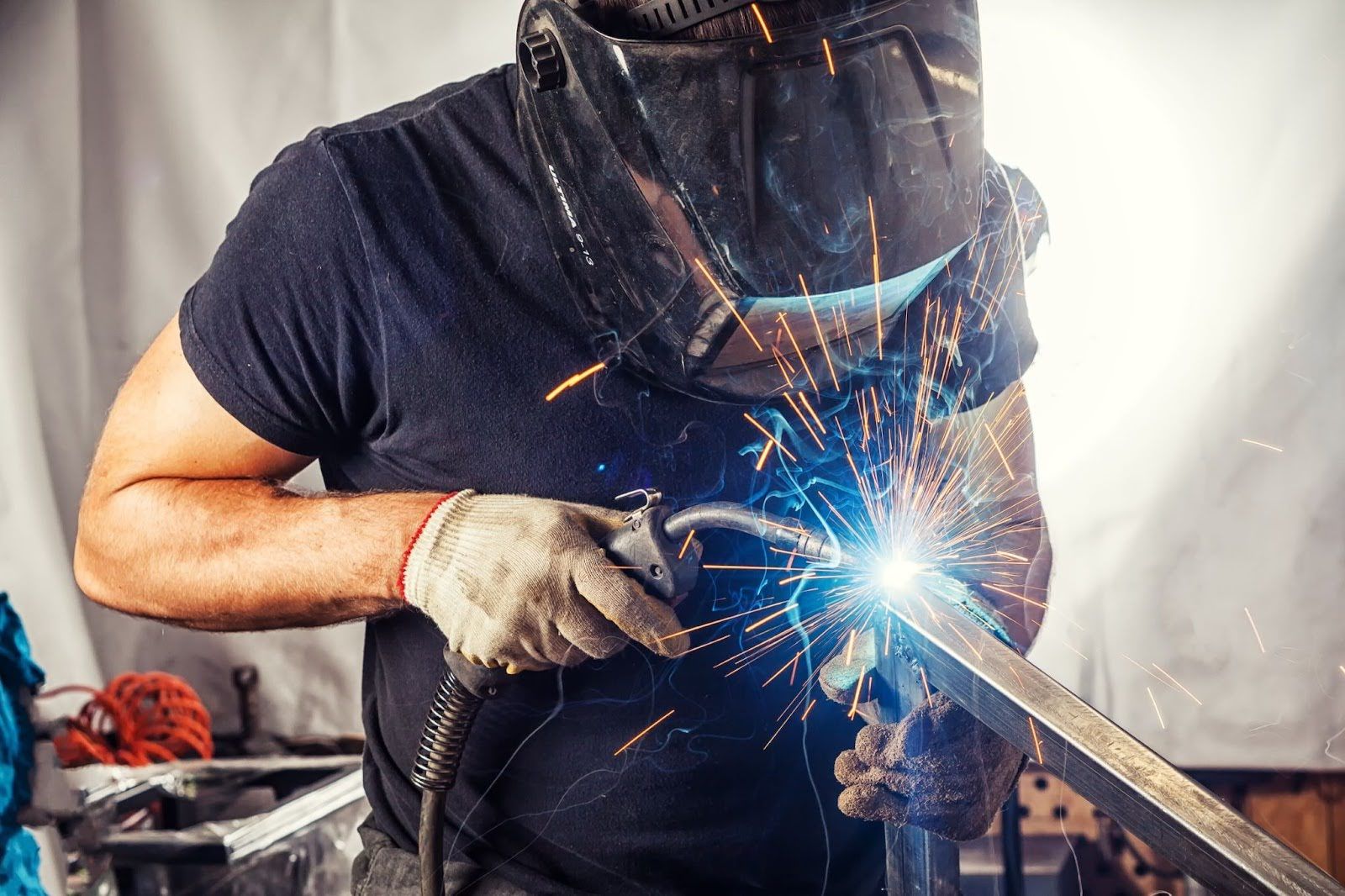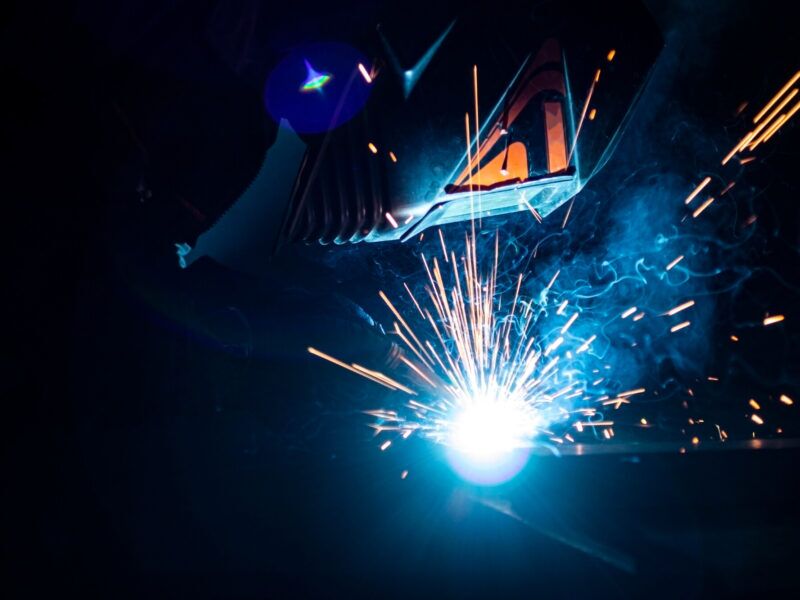Essential Tips for Welders: Stopping Undercut Welding and Ensuring Stronger Weld Joints
In the realm of welding, achieving resilient and strong weld joints is the cornerstone of producing premium work. One common challenge that welders typically come across is undercut welding, which can endanger the honesty of the weld joint.

Comprehending Undercut Welding
Undercut welding is a typical welding defect that happens when the weld steel falls short to properly fill the groove and results in a groove-like anxiety along the weld bead. This issue weakens the weld joint, making it prone to splitting and failure under anxiety. Damaging can be created by different variables, consisting of too much welding existing, high welding rate, incorrect electrode angle, inaccurate electrode size, and bad welding technique.
Among the main reasons for undercut welding is a discrepancy in between the welding current and the welding rate. If the welding current is also high or the welding rate is too fast, the weld metal might not properly fill the groove, resulting in undercutting. In addition, making use of an electrode that is as well big can result in a similar end result, as the excess metal can not properly flow right into the groove.
To stop undercut welding, welders must ensure they are using the appropriate welding parameters, maintain an ideal electrode angle, choose the ideal electrode dimension, and method proper welding techniques. By dealing with these variables, welders can lessen the danger of damaging and produce stronger, extra reputable weld joints.
Proper Welding Method
Efficient welding method plays a crucial function in ensuring the high quality and honesty of weld joints. One essential facet of appropriate welding technique is keeping the correct angle and distance in between the welding weapon and the work surface.
In addition, a stable and consistent hand activity is important for developing strong and long lasting weld joints. Welders should go for smooth, consistent motions to make certain also distribution of the weld product. Correct adjustment of the welding weapon and filler product is also key to attaining optimum infiltration and blend.
Furthermore, controlling the warmth input and picking the ideal welding specifications based upon the material being bonded are essential consider attaining top quality welds - Preventing weld undercut. Welders must follow the suggested setups provided by welding treatment specs and change them as required based upon the particular requirements of the task. By mastering proper welding techniques, welders can dramatically boost the strength and integrity of their weld joints
Selecting the Right Electrode
Keeping the right angle and range in between the welding gun and the workpiece is fundamental when thinking about the significance of picking the right electrode in welding applications. The selection of electrode plays a crucial function in establishing the top quality and stamina of the weld joint. Electrodes are available in different kinds, each made for particular purposes and products.
First of all, picking the suitable electrode size is necessary. Thinner electrodes appropriate for welding thin materials, while thicker electrodes are much better for thicker products and higher warmth applications. Matching the electrode diameter to the density of the work surface helps attain a balanced weld.
Second of all, understanding the material make-up of the electrode is essential. Different electrodes are developed you could try here for welding specific products like steel, stainless steel, aluminum, or cast iron. Making use of the proper electrode material guarantees good fusion and reduces the threat of problems in the weld.
Lastly, taking into consideration the welding placement and method is critical when selecting the electrode type. Particular electrodes are much better matched for overhead or upright welding positions, while others function well for flat or straight settings. Choosing the ideal electrode based on the welding technique enhances the overall weld quality and integrity.
Preparing the Base Steel
To guarantee an effective welding process, what initial actions should be taken when preparing the base steel for welding? Appropriately preparing the base metal is important for accomplishing strong and durable weld joints. The initial step in preparing the base metal is to clean it completely to get rid of any type of pollutants such as corrosion, paint, oil, or dust. This can be done making use of a cord brush, chemical, or mill solvents. In addition, any kind of existing weld material or residue from previous welding need to be removed to make certain a tidy surface area for the brand-new weld.

Carrying Out Post-Weld Examinations

After carrying out these evaluations, welders should contrast the results versus industry requirements and job requirements to ensure that the weld joint satisfies all necessary standards. Any type of discrepancies or inadequacies discovered throughout the post-weld examination ought to be immediately addressed with proper restorative actions to assure the weld's stability. By carefully performing post-weld assessments and quickly addressing any kind of issues, welders can promote the top quality and dependability of their work, inevitably contributing to the safety and security and durability of the bonded frameworks.
Verdict

Finally, stopping undercut welding and guaranteeing stronger weld joints require a combination of proper welding strategy, selecting the ideal electrode, preparing the base metal properly, and performing post-weld inspections. By understanding explanation the sources of undercut welding and applying the required preventative measures, welders can produce top quality weld joints that satisfy market requirements and ensure the architectural stability of the welded elements.
Undercut welding is a common welding issue that takes place when the weld metal fails to effectively load the groove and results in a groove-like clinical depression along the weld grain (Preventing weld undercut). Undercutting can be created by various factors, consisting of too much welding present, high welding speed, inappropriate electrode angle, incorrect electrode dimension, and poor welding method
One of the primary factors for undercut welding is a discrepancy between the welding current and the welding rate. If the welding current is too high or the welding speed is too fast, the weld steel may not sufficiently fill up the groove, leading to undercutting.Keeping the right angle and distance in between the welding weapon and the work surface is fundamental when taking into consideration the importance of choosing the right electrode in welding applications.